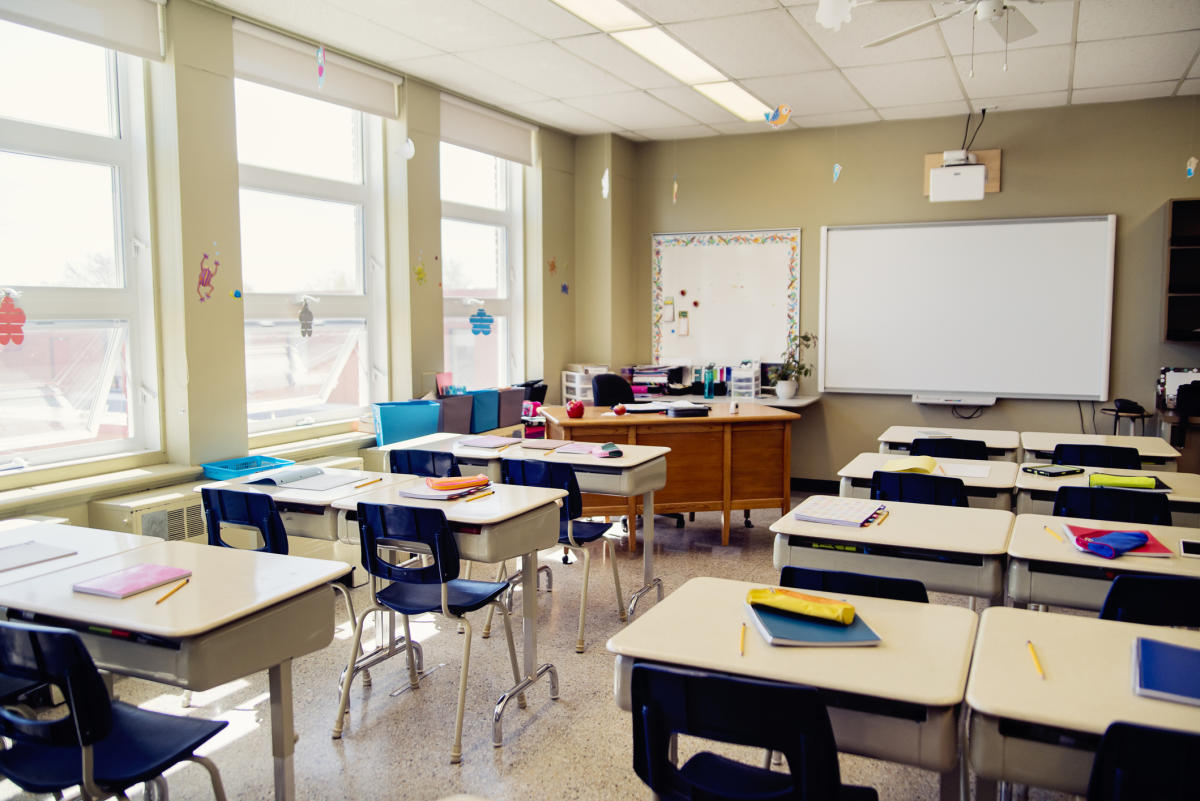Introduction
In the digital age, education is no longer confined to traditional classrooms with chalkboards and desks arranged in neat rows. The concept of Classroom 10x represents a transformative leap, leveraging technology, innovative teaching methods, and collaborative spaces to enhance the learning experience tenfold. This article explores how Classroom 10x is redefining education, the tools that drive its success, and the benefits it offers to both students and teachers.
What Is Classroom 10x?

Classroom 10x refers to a modern, technology-driven educational framework designed to amplify learning outcomes and engagement. The “10x” signifies exponential improvement, emphasizing how the integration of advanced tools and strategies can significantly enhance traditional teaching methods.
Key Elements of Classroom 10x:
- Technology Integration: Smartboards, interactive apps, and virtual reality (VR) tools.
- Personalized Learning: Tailored content to meet the needs of individual students.
- Collaborative Spaces: Open areas designed for group work and discussion.
- Flexible Learning Models: Blended learning, flipped classrooms, and remote learning options.
Technology as the Backbone of Classroom 10x
1. Interactive Learning Tools

Technology plays a pivotal role in transforming classrooms into dynamic learning hubs. Tools such as smartboards and tablets allow students to engage with content in real-time. Interactive quizzes, polls, and digital whiteboards foster a participative environment.
- Example: Apps like Kahoot and Quizizz make learning fun by gamifying quizzes and encouraging healthy competition.
2. Artificial Intelligence (AI) in Education
AI-driven platforms analyze student performance and provide insights that help educators tailor their teaching strategies. Adaptive learning systems adjust content difficulty based on student progress.
- Benefit: AI tools help identify knowledge gaps, ensuring students receive targeted support.
3. Virtual Reality (VR) and Augmented Reality (AR)
VR and AR technologies offer immersive experiences, transporting students to historical events, scientific simulations, or even outer space. These tools make abstract concepts tangible, deepening understanding.
- Example: Google Expeditions allows students to explore global landmarks through VR headsets.
The Role of Personalized Learning
1. Customized Curriculums
Classroom 10x emphasizes personalized learning paths that cater to each student’s strengths, weaknesses, and interests. Using data analytics, teachers can modify lesson plans to suit diverse learning needs.

- Impact: Students become more engaged when the curriculum resonates with their personal interests.
2. Self-Paced Learning
With access to digital resources and online modules, students can learn at their own pace. This flexibility is especially beneficial for learners who may need more time to grasp complex topics.
- Tools: Platforms like Khan Academy and Coursera offer self-paced courses across various subjects.
Collaborative Learning Spaces
1. Designing Flexible Classrooms
Classroom 10x incorporates flexible furniture and layouts that encourage group work and brainstorming. Movable desks, bean bags, and standing desks allow students to choose their preferred learning environment.
- Benefit: A comfortable, adaptable space fosters creativity and collaboration.
2. Digital Collaboration Platforms
Tools like Google Workspace and Microsoft Teams facilitate collaboration, even in remote settings. Students can work on projects together, share documents, and communicate seamlessly.
- Example: Google Docs enables real-time editing and feedback, streamlining group assignments.
Blended and Flipped Learning Models
1. Blended Learning

Blended learning combines traditional classroom instruction with online learning. This model allows students to benefit from face-to-face interactions while accessing digital resources for additional support.
- Advantage: Students can revisit online materials to reinforce their understanding.
2. Flipped Classrooms
In a flipped classroom model, students review lecture materials at home and engage in hands-on activities during class. This approach encourages active learning and problem-solving.
- Outcome: Class time is used more effectively for discussions and practical applications.
The Role of Teachers in Classroom 10x
1. Facilitators of Learning

In a Classroom 10x environment, teachers shift from being knowledge providers to facilitators. They guide students through exploratory learning, encourage critical thinking, and foster curiosity.
2. Professional Development
To adapt to this new model, teachers need ongoing training in technology and innovative teaching methods. Professional development programs equip educators with the skills to thrive in a digital-first classroom.
- Support: Workshops, webinars, and online courses help teachers stay updated with the latest tools and techniques.
Benefits of Classroom 10x
1. Enhanced Student Engagement
Interactive tools and personalized content keep students motivated and interested in their studies. Gamification and multimedia resources make learning enjoyable.
2. Improved Academic Outcomes
With access to tailored resources and self-paced learning, students can achieve better academic results. Data-driven insights help educators address learning gaps promptly.
3. Skill Development
Classroom 10x emphasizes the development of 21st-century skills such as critical thinking, problem-solving, and digital literacy. These skills prepare students for future careers in an evolving job market.
4. Accessibility and Inclusivity
Digital platforms provide resources for students with disabilities, ensuring inclusive education. Screen readers, closed captions, and adaptive technologies cater to diverse needs.
Challenges and Solutions
1. Digital Divide

Not all students have equal access to technology, creating a digital divide. Schools must invest in infrastructure and provide devices to underprivileged students.
- Solution: Government programs and public-private partnerships can bridge this gap.
2. Teacher Training
Adapting to Classroom 10x requires significant changes in teaching methods. Continuous professional development is essential.
- Support: Institutions should offer training and mentorship programs for teachers.
The Future of Classroom 10x
Classroom 10x is not a static concept; it will continue to evolve with advancements in technology. Innovations such as artificial intelligence, machine learning, and blockchain will further enhance educational experiences. The focus will remain on creating learner-centric environments that foster creativity, collaboration, and critical thinking.
Conclusion
Classroom 10x represents a paradigm shift in education, where technology and innovation converge to create engaging, personalized, and collaborative learning spaces. By embracing this model, schools and educators can unlock the full potential of their students, preparing them for a future that values adaptability and lifelong learning. As we move forward, the key to success lies in continuous improvement, ensuring that every learner has access to the tools and resources they need to thrive.



